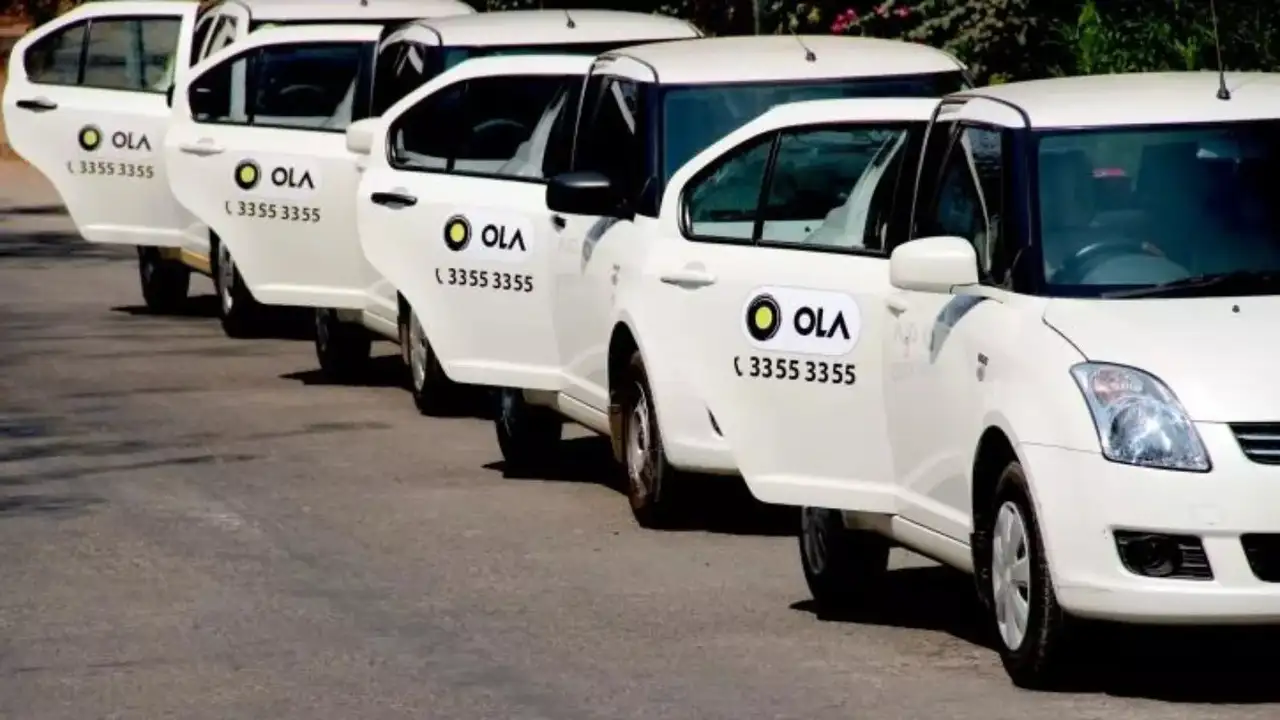Flat Fee Model Transforms Ride-Hailing Industry Amid Declining Commissions

Ola has made a significant change to its cab-hailing business by introducing a flat fee model across India. Under this new structure, drivers will keep 100% of their earnings after paying a daily access charge of Rs 67, replacing the previous commission system that deducted 20%-30% per trip. This shift comes as Ola faces increasing competition and aims to regain the trust of its drivers while navigating a challenging market landscape.
Transition to Flat Fee Model
The new flat fee model marks a pivotal change in the ride-hailing industry in India. Previously, Ola drivers were subject to a commission structure that saw a significant portion of their earnings deducted for platform fees. With the introduction of the flat fee, drivers can now retain all their earnings after a minimal daily charge. This change is expected to enhance the financial situation for many drivers, particularly those operating in high-demand areas. However, it also raises concerns about the financial risks that drivers may face, as they now bear more responsibility for their earnings.
Ola’s decision to implement this model is not merely a strategic move but also a response to the pressures of a competitive market. Senior executives within the company have acknowledged that the shift is partly due to losing market share and the diminishing network effect of supply and demand. To support this new model, Ola has undertaken significant cost-cutting measures, including downsizing its acquisition team and reducing driver incentives.
Impact on Driver Earnings
The financial implications of the flat fee model are noteworthy. According to industry experts, drivers in major cities typically complete around eight trips per day, resulting in a monthly total of approximately 220-240 trips. Under the previous commission model, a driver earning an average fare of Rs 300 per trip would take home around Rs 1,800 per day after commissions, amounting to Rs 45,000 monthly. However, with the new flat fee structure, drivers can expect their net earnings to increase to approximately Rs 2,333 per day, or Rs 58,325 monthly.
This change is particularly beneficial for experienced drivers who can maximize their earnings in high-demand areas. However, it may pose challenges for newer drivers or those operating in less busy regions, as they may not achieve the same level of income. The flat fee model offers drivers more control over their earnings, but it also shifts the financial risk away from the platform, potentially leading to disparities in income based on location and experience.
Market Dynamics and Future Outlook
The ride-hailing market in India is predominantly driven by cabs, which account for approximately 50-55% of the gross merchandise value. Auto rickshaws and two-wheelers follow, making up 35% and 10-12%, respectively. In major cities, average fares range from Rs 300-400, while smaller cities see averages closer to Rs 200-250. This pricing structure plays a crucial role in determining driver earnings and overall market dynamics.
Experts suggest that while the flat fee model could enhance earnings for some drivers, it may not be a one-size-fits-all solution. The varying levels of demand across different regions mean that the model’s effectiveness will depend on individual circumstances. As Ola navigates this transition, the company will need to monitor its impact on driver satisfaction and market share closely. The success of this model could influence the broader ride-hailing landscape in India, prompting other companies to reconsider their pricing strategies in response to changing market conditions.
Observer Voice is the one stop site for National, International news, Sports, Editor’s Choice, Art/culture contents, Quotes and much more. We also cover historical contents. Historical contents includes World History, Indian History, and what happened today. The website also covers Entertainment across the India and World.

